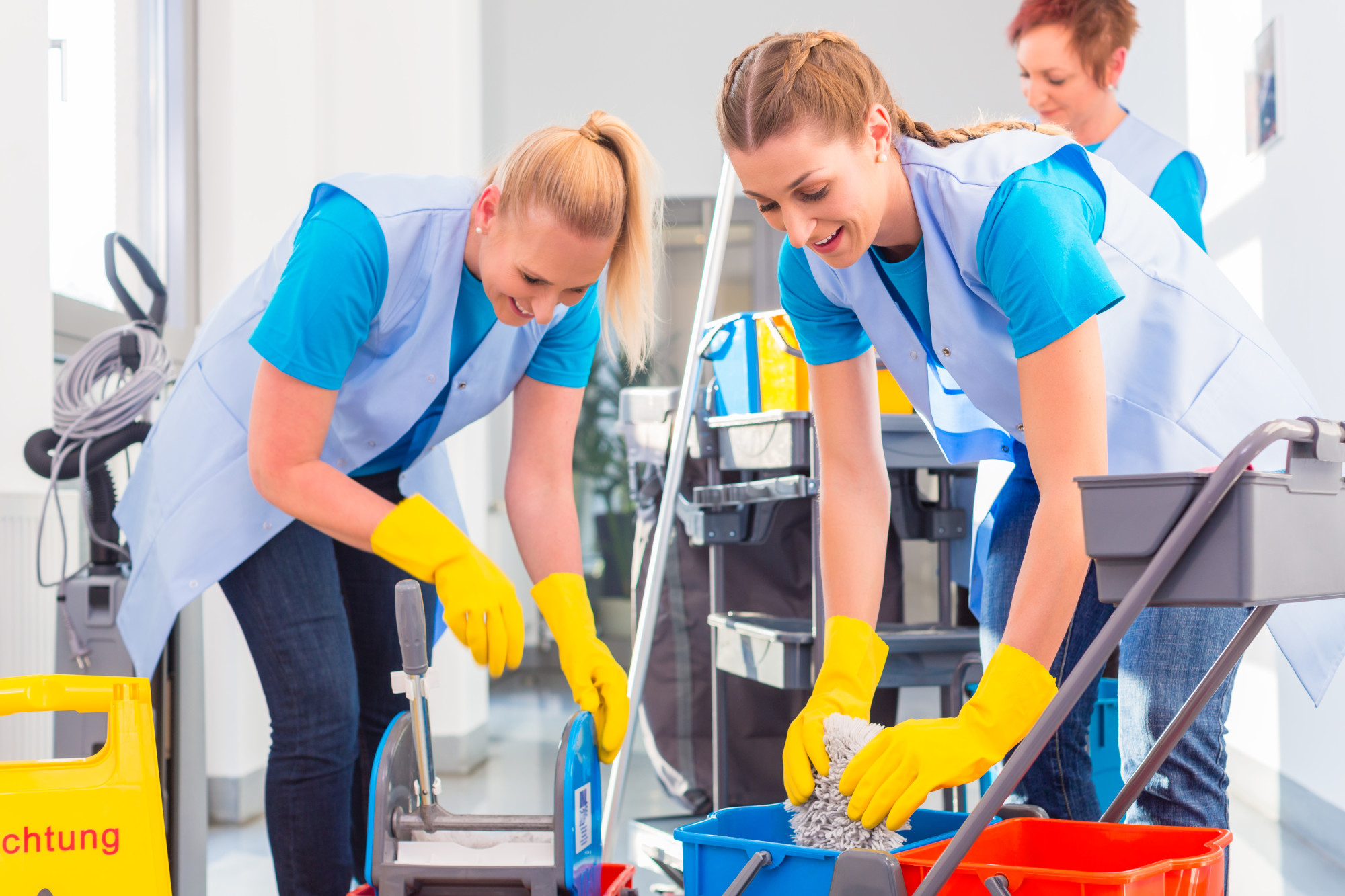Office maintenance is a critical aspect of ensuring a productive, safe, and comfortable work environment. Neglecting it can lead to inefficiencies, health hazards, and even costly repairs. In this article, we’ll explore the key areas of office maintenance and provide actionable tips to keep your workspace in top condition.Regular office maintenance not only enhances the aesthetics of your workspace but also prolongs the lifespan of equipment and infrastructure. Here are some essential areas to focus on:
- Cleaning and Sanitization: A clean office reduces the spread of germs and boosts employee morale. Daily tasks like dusting, vacuuming, and disinfecting high-touch surfaces should be prioritized.
- HVAC Systems: Proper maintenance of heating, ventilation, and air conditioning systems ensures optimal air quality and energy efficiency. Replace filters regularly and schedule professional inspections.
- Electrical Systems: Faulty wiring or overloaded circuits can pose serious risks. Regularly inspect outlets, switches, and cords to prevent fire hazards.
- Plumbing: Leaks or clogged drains can disrupt operations. Check pipes, faucets, and toilets periodically to avoid water damage.
- Furniture and Equipment: Worn-out chairs or malfunctioning printers can hinder productivity. Schedule routine checks and repairs for office furniture and devices.
Beyond these basics, here’s a step-by-step guide to creating an effective office maintenance plan:
- Assess Your Needs: Identify the specific maintenance requirements of your office space. Consider factors like size, occupancy, and equipment.
- Create a Schedule: Develop a weekly, monthly, and quarterly maintenance checklist. Assign responsibilities to staff or hire professionals for specialized tasks.
- Budget Wisely: Allocate funds for routine maintenance and unexpected repairs. Preventive measures are often more cost-effective than emergency fixes.
- Train Employees: Educate your team on basic maintenance practices, such as proper equipment use and reporting issues promptly.
- Monitor and Adjust: Regularly review your maintenance plan and make improvements based on feedback and changing needs.
Investing in office maintenance pays off in the long run. A well-maintained workspace fosters productivity, reduces downtime, and creates a positive impression on clients and employees alike. Start implementing these tips today to ensure your office remains a functional and inviting place to work.

